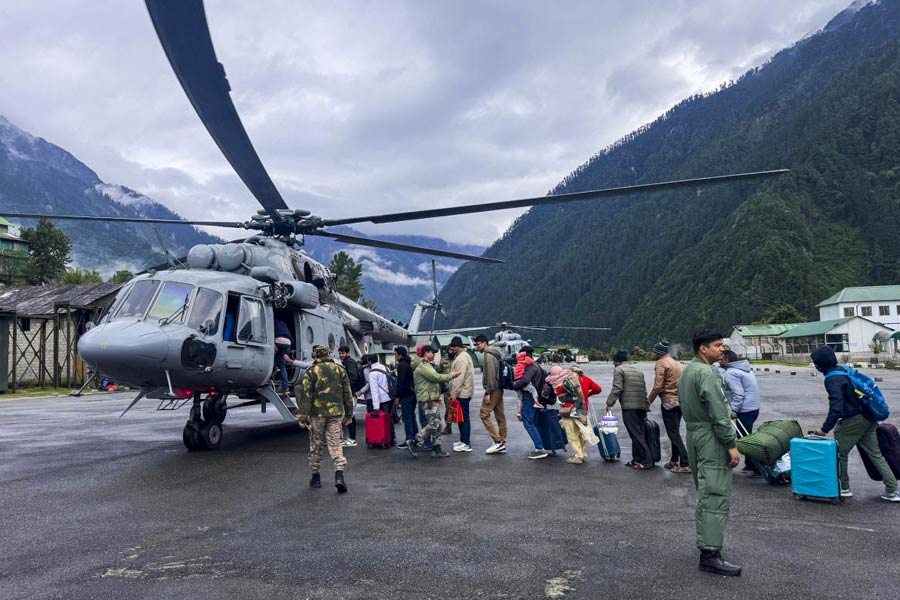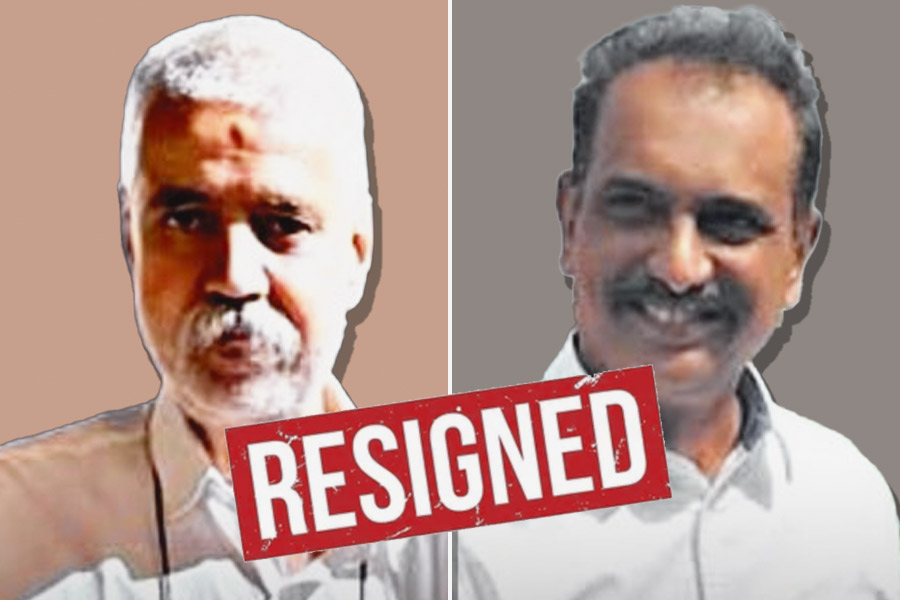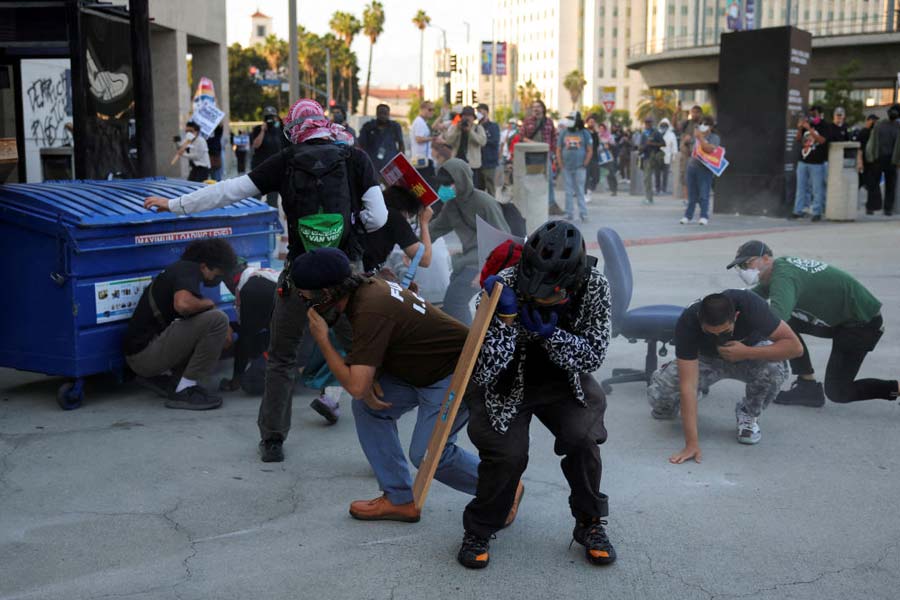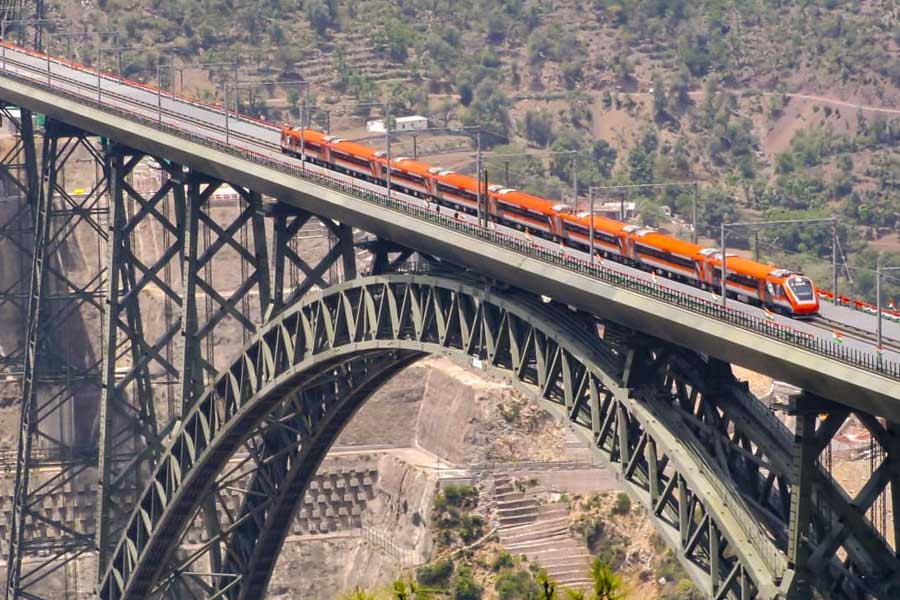 |
As she sat looking at tables piled high with files of images, Silvia Spitta commented, “I found myself sifting through a myriad photographs feeling epistemologically adrift and existentially alone amid what began to feel like a massive intrusion of the past in my life.” A professor of Spanish and comparative literature at Dartmouth College, the United States of America, Spitta was working on the Andean Photography Archive (Fototeca Andina), located in Cuzco, Peru. With more than 35,000 glass plate negatives taken by 40 photographers, she knew that she had at hand “an authentic visual testimony” of the region. Making sense of the material would have been well nigh impossible had she not befriended Antuca Vega-Centeno, a retired social anthropologist working in the archive. Among the last surviving members of her generation, Antuca’s insider knowledge of Cuzco society in the early part of the 20th century proved invaluable. She was able to help Spitta sift through and understand more about the archive, its studio images of rites de passage as well as early examples of photo-journalism that recorded “extraordinary events of the time, such as the inauguration of the first rail line and the arrivals of the first car, motorcycle, and plane to Cuzco”.
Anyone who has worked in photographic archives will immediately empathize with Spitta — although not many would have her luck in encountering a committed researcher or volunteer of the older generation. Often enough, the anonymity of photographers, little information on subjects, their provenance, history and so on and, on occasion, an overall sense of chaos are what the researcher encounters as she either scrolls through data bases or is fortunate enough to have permission to thumb through albums and loose photographs. There are, of course, always exceptions though even the best organized and efficient photo archives often falter because of a lack of information. This is particularly so when photographs and albums are sourced from private individuals and families. Apart from an absence of data on images, photographs present a methodological challenge to archival theory and practice that have traditionally dealt with manuscripts, legal documents, land titles, books, journals, letters and other textual material. Often the treatment of such material “has been based on rules and methods devised for other disciplines, especially library science and history”. This was the experience of Christine Horn when she worked in the photographic archive of the Sarawak Museum in Borneo during the island’s colonial phase.
In an ideal situation, photographic archives need substantial investment in trained visual archivists, a large space, specialized equipment and a temperature controlled environment that ensures preservation of fragile material. Not unexpectedly, then, in India, archives and institutions vary in their interest in photography. For instance, the National Archives in New Delhi has very few photographs and only one album from the colonial period. Scholars in search of images are referred instead to the Nehru Memorial Museum and Library, Indira Gandhi National Centre for the Arts, and if access is possible, to the Press Information Bureau. More often than not, successful archival initiatives focusing on photography are privately run or housed in academic and other institutions committed to a belief in the visual’s historical and social roles. In New Delhi, it is the privately-owned Alkazi Collection of Photography, started by theatre personality and later, art connoisseur and collector, Ebrahim Alkazi, that has the best collection of photographs of both the colonial and post--colonial periods. Though no other archive can match the Alkazi collection of over 90,000 images, newspaper photo archives, Kalakshetra in Chennai, the Centre for Studies in Social Sciences, Calcutta and SPARROW in Mumbai have dedicated archivists and scholars looking after their interesting collections. Of late, corporate houses like Godrej have developed an interest in archiving their histories based on textual and visual material.
Such initiatives are helped by the fact that this country has a robust history of photography from the 1850s onwards. Significantly, the fact that much of the work of colonial photographers is available in India today has helped avoid the problem of visual imperialism: after the traumatic years of 1857-8, in 1861, the first viceroy of India, Lord Canning, inaugurated The People of India photographic project. Between 1863 and 1865, the stamp of official sanction led to over 100,000 prints being produced, illustrating “the various divisions of the Asian family”. While copies of the eight volumes are housed in the British Library and the Royal Commonwealth Society Photographic Collection at the University of Cambridge Library, the ACP has a set as well. In addition, the Alkazi collection houses many rare 19th-century albums of photographs taken by John Tressider, Felice Beato, Samuel Bourne, James Waterhouse and John Marshall. The extensive works of the Indian photographers, Raja Deen Dayal, Shapoor Bhedwar and others, are also available for viewing by those interested in the history of colonial India. Several images and albums from the collection have also been showcased in well-curated exhibitions that have looked at a theme (such as the durbars) or the work of individual photographers.
The fact that such albums and photographs are available in India as well as in the United Kingdom has helped avoid tendentious negotiations over what is known as visual repatriation. In India, though, there has been no move regarding the repatriation of photographic material partly because much is already available here; such archives have been the subject of considerable analysis and debate. If the relatively easy accessibility of this genre of rare archival material circumvents debates over ownership, it does not rule out the larger issue of whether or not such images reinforced social and cultural stereotypes, aiding unequal power relations. The social-cultural anthropologist, Arjun Appadurai, and others have drawn attention to the fact that such archives need to be re-evaluated; often enough such re-evaluations show that the photograph proved invaluable in the raj’s systems of classification, documentation and surveillance where the subjects were unwilling victims of a Foucauldian panoptical vision. In other societies where there has been no trend of dual ownership, self-conscious researchers have copied and returned photographs to the source community.
To some extent, such issues of domination and visual exploitation between former rulers and the colony are not so obvious in extensive domestic archives such as that of the Centre for South Asian Studies at the University of Cambridge or The Women’s Library at the London School of Economics. The former consists mainly of the private papers and photographs of old India hands, and those interested in the women’s movement in Britain and individual suffragists need only go to The Women’s Library. While it would be naïve to argue that images and documents in such archives are ‘innocent’, not too many are the direct result of imperial interventions or State sponsorship. Their complicity, is, one might argue, at the more individual and personal levels. As for extremely well-organized and efficient commercial archives such as Getty Images in the US, ethical issues such as those of visual exploitation are of no consequence.
Nor do such cross-cultural moral and ethical dilemmas affect contemporary Indian photographic collections that are increasingly becoming available in the public domain — although the issue of photography being an elite preoccupation remains. Often, these are established by institutions or individuals interested in commemorating a particular person or family, a case in point being Mohandas Karamchand Gandhi. In Ahmedabad, the Gandhi Memorial Museum houses thousands of photographs, manuscripts and letters as does the National Gandhi Museum in New Delhi. Increasingly, private institutions with the resources to spend on modern archives are becoming aware of their visual wealth and the Sarabhai family in Ahmedabad was a pioneer in the field.
More recently, the Maharana of Mewar has set up the Pictorial Archives of the Maharanas of Mewar, showcasing a selection of 25,000 images in an exhibition and a book, Long Exposure: The Camera at Udaipur, 1857-1957. Archivists working with the Udaipur material were fortunate in inheriting information provided by conscientious members of the royal family and retainers, often on the backs of photographs that were initially arranged in piles on tables (see photograph). Details on those being photographed, likely dates, and in some cases, the names of photographers were available. Provenance was often difficult to establish as many images were gifts, brought by women who married into the family, or simply ‘orphans’.
For most photographic researchers, the sense of visceral excitement at first sighting is often neutralized by the reality of having to make one’s way through the maze of images. No photograph is ever free of baggage and every reading can be different, depending on the position of the viewer/reader. If lucky, the process of reading is helped by the archivist’s hard work and background research. In spite of trying hard to glean as much information as possible, often researcher and archivist might be equally existentially alone if not epistemologically adrift when confronted with an intractable conundrum presented by a cache of rare photographs.











